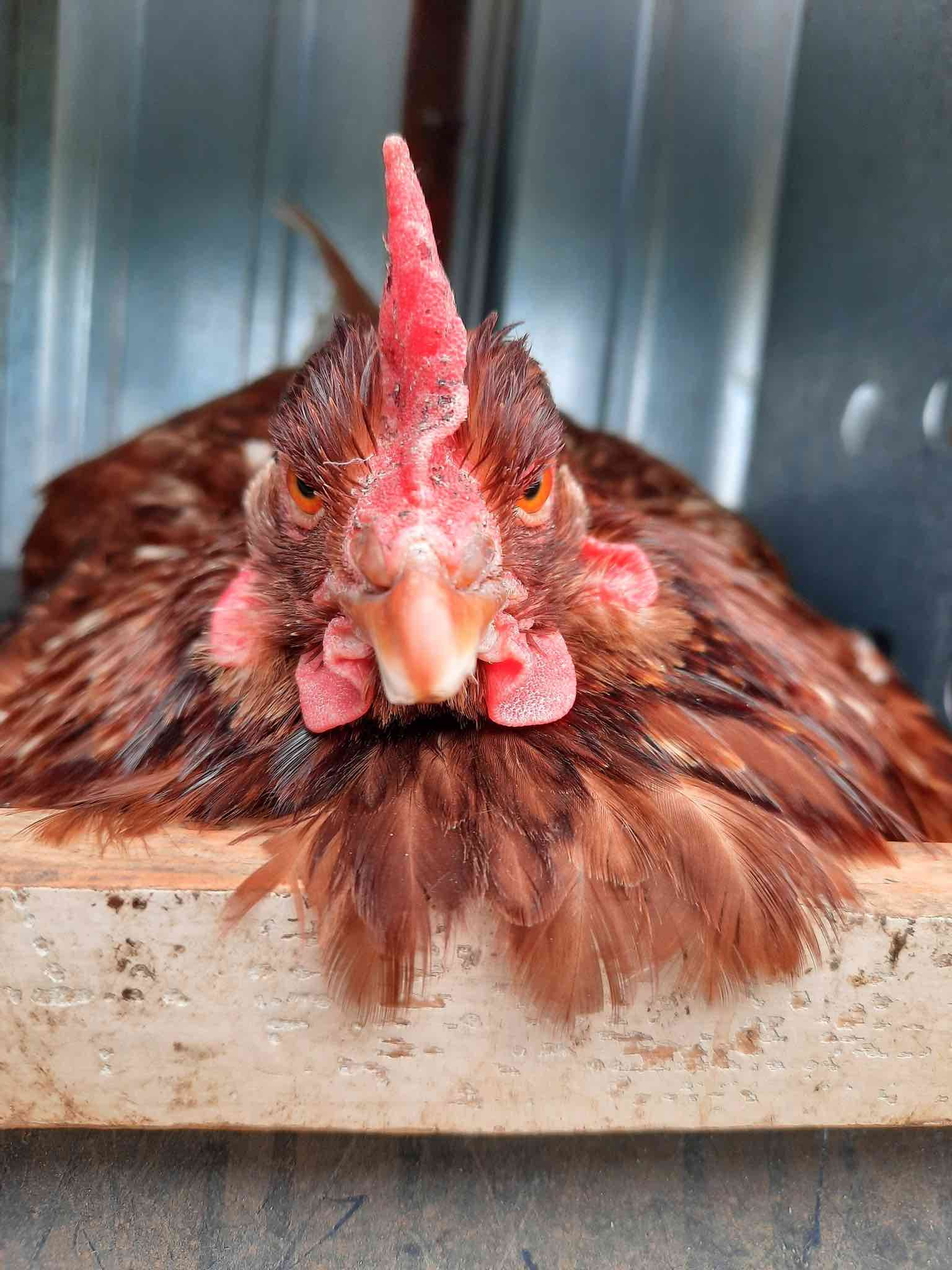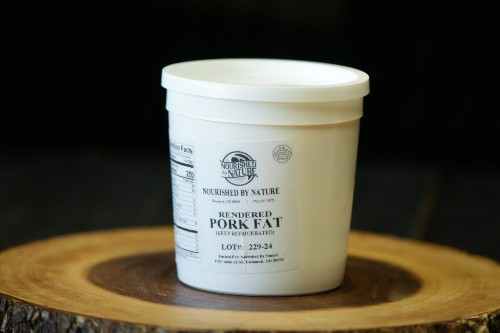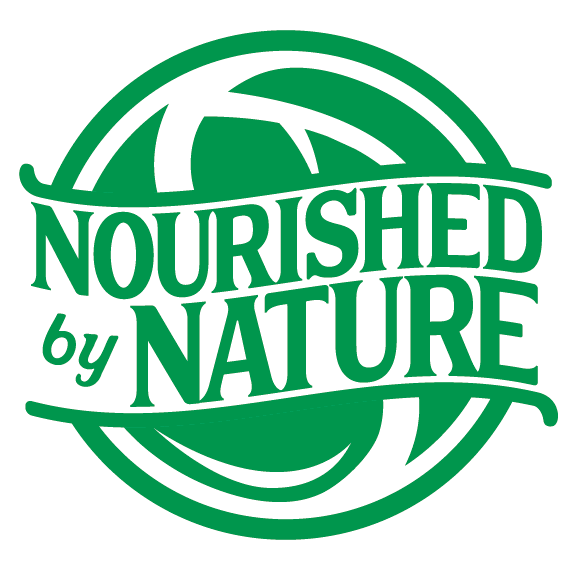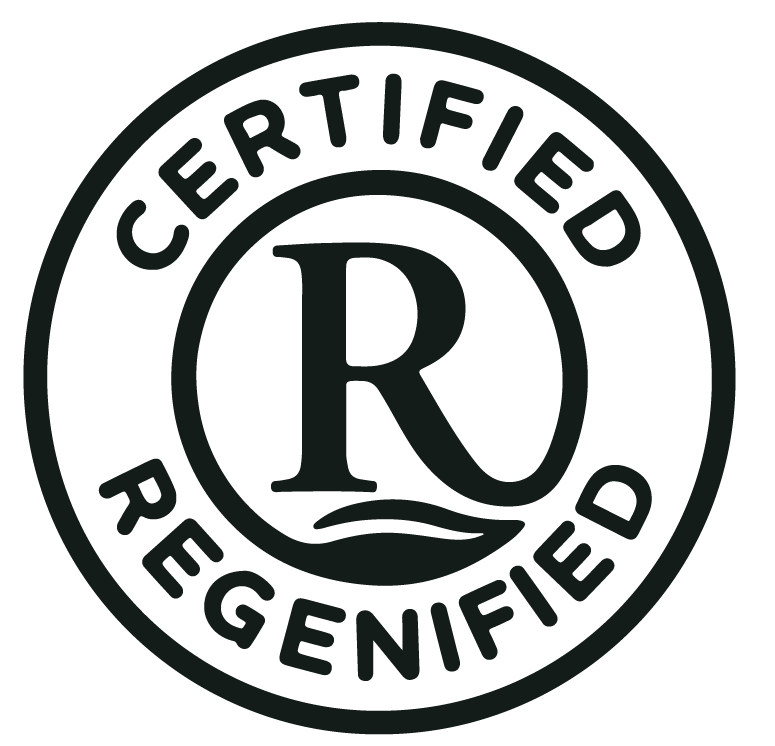Dirt to Soil
posted on
May 27, 2021
“A regenerative no-till pioneer.”—NBC News
“We need to reintegrate livestock and crops on our farms and ranches, and Gabe Brown shows us how to do it well.”—Temple Grandin, author of Animals in Translation
See Gabe Brown—author and farmer—in the Netflix documentary Kiss the Ground
Gabe Brown didn’t set out to change the world when he first started working alongside his father-in-law on the family farm in North Dakota. But as a series of weather-related crop disasters put Brown and his wife, Shelly, in desperate financial straits, they started making bold changes to their farm. Brown—in an effort to simply survive—began experimenting with new practices he’d learned about from reading and talking with innovative researchers and ranchers. As he and his family struggled to keep the farm viable, they found themselves on an amazing journey into a new type of farming: regenerative agriculture.
Brown dropped the use of most of the herbicides, insecticides, and synthetic fertilizers that are a standard part of conventional agriculture. He switched to no-till planting, started planting diverse cover crops mixes, and changed his grazing practices. In so doing Brown transformed a degraded farm ecosystem into one full of life—starting with the soil and working his way up, one plant and one animal at a time.
In Dirt to Soil Gabe Brown tells the story of that amazing journey and offers a wealth of innovative solutions to restoring the soil by laying out and explaining his “five principles of soil health,” which are:
- Limited Disturbance
- Armor
- Diversity
- Living Roots
- Integrated Animals
The Brown’s Ranch model, developed over twenty years of experimentation and refinement, focuses on regenerating resources by continuously enhancing the living biology in the soil. Using regenerative agricultural principles, Brown’s Ranch has grown several inches of new topsoil in only twenty years! The 5,000-acre ranch profitably produces a wide variety of cash crops and cover crops as well as grass-finished beef and lamb, pastured laying hens, broilers, and pastured pork, all marketed directly to consumers.
The key is how we think, Brown says. In the industrial agricultural model, all thoughts are focused on killing things. But that mindset was also killing diversity, soil, and profit, Brown realized. Now he channels his creative thinking toward how he can get more life on the land—more plants, animals, and beneficial insects. “The greatest roadblock to solving a problem,” Brown says, “is the human mind.”
Audiobook Sample HERE!






